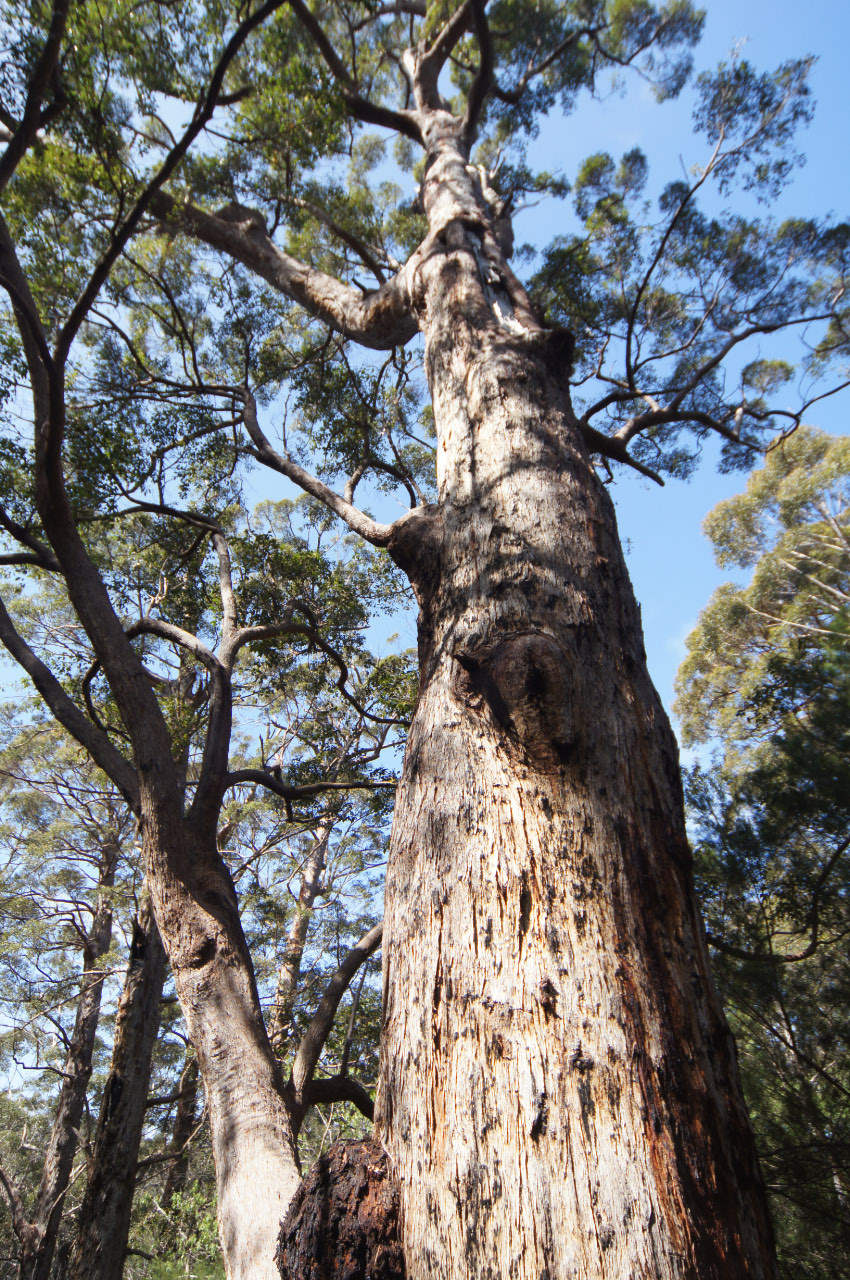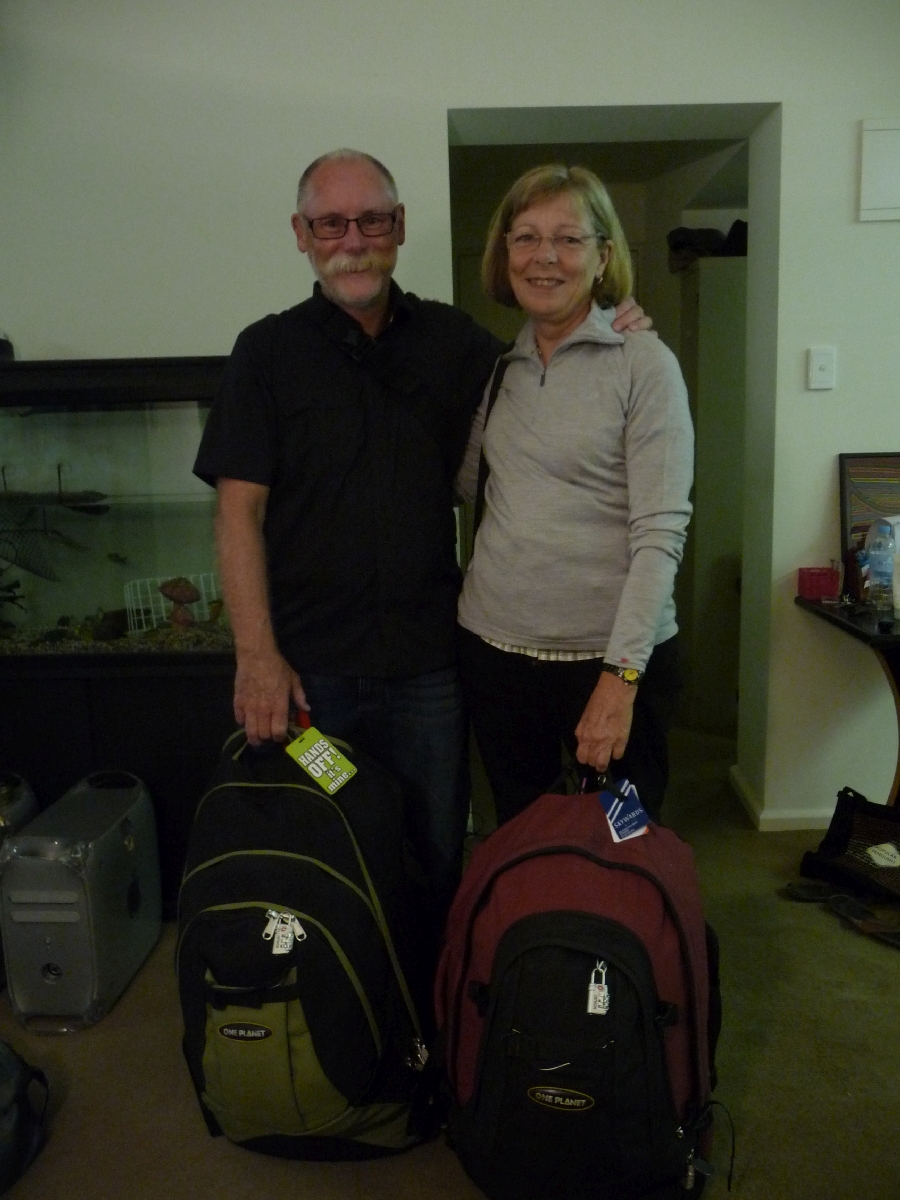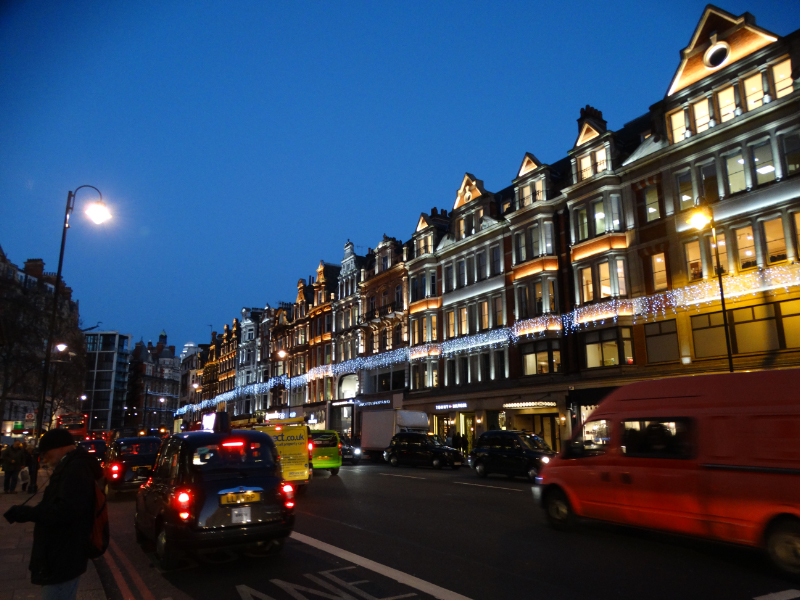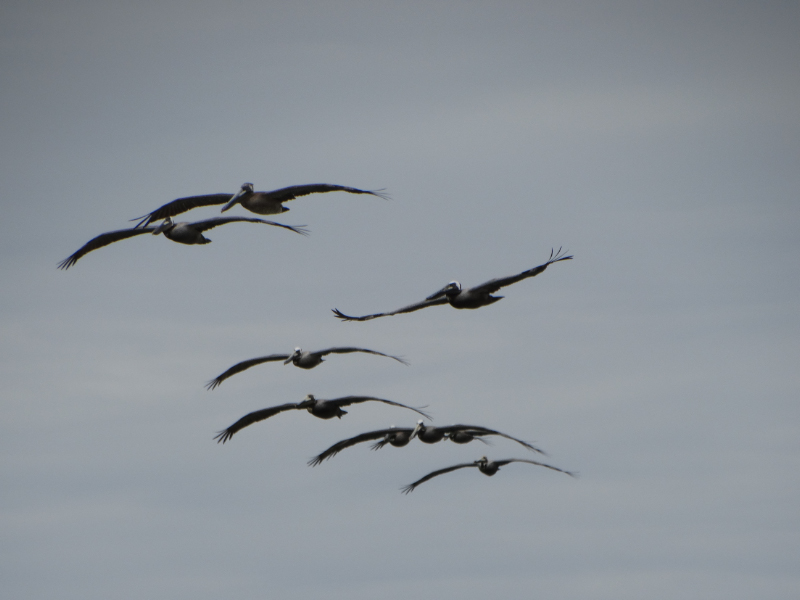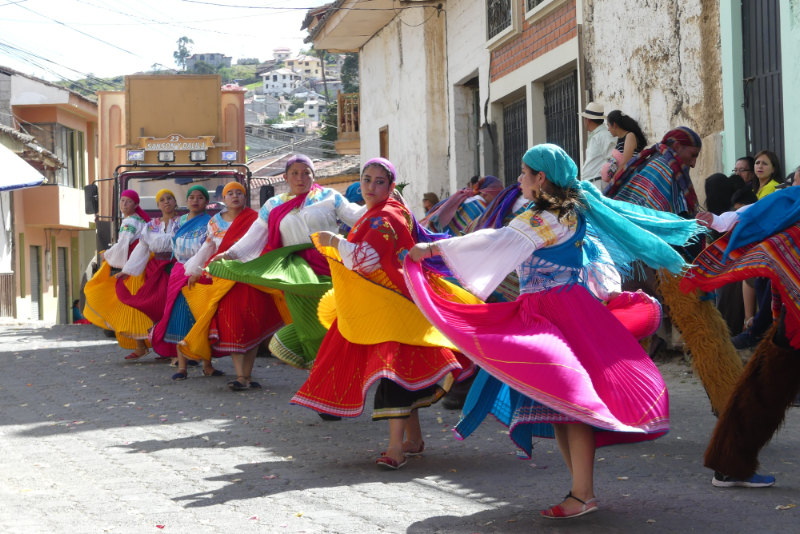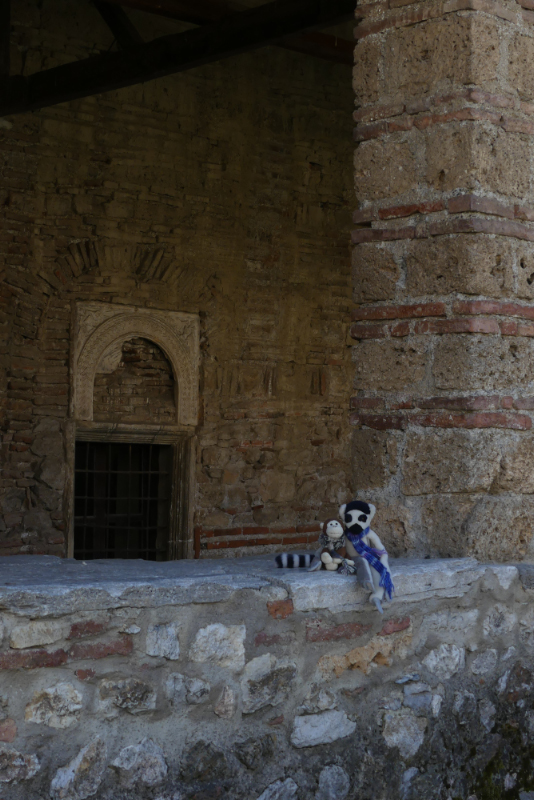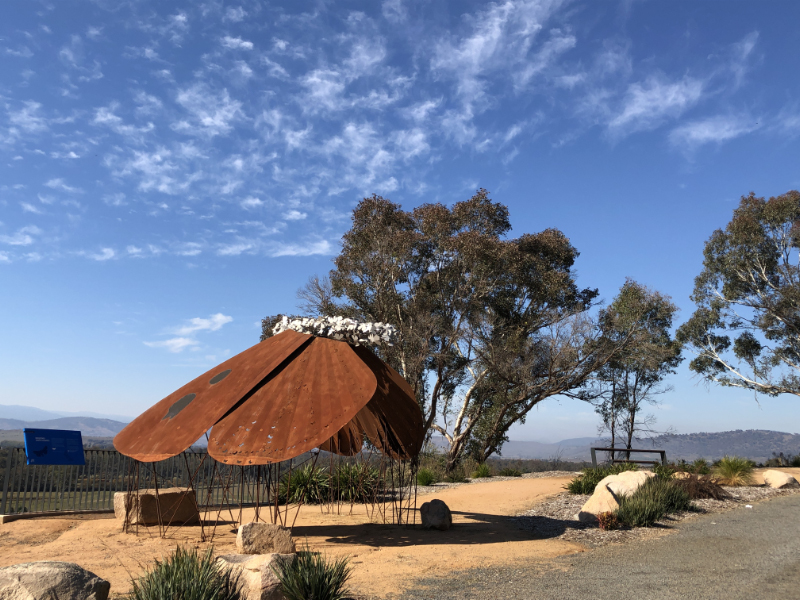Friday 10 to Tuesday 14 April
Our visit to La Paz was really to organise the Copper Canyon train ride and to touch the Baja California peninsula. La Paz, at the southern end of the peninsula, is a popular destination for Mexican and USA holiday makers and we were there at the end of their spring break, as the town was returning to normality. Further down the coast are the upmarket resorts of Cabo San Lucas and San José del Cabo. We’d seen enough in Cancun and decided to stay away.
I picked up a tourist magazine which had a feature article ‘Top 10 Reasons to make Cabo your Wedding Destination’. Ev & Steph have been to two ‘beach weddings’ in Mexico – they are very popular, and this magazine described why – for example you can keep your wedding small and intimate, because most guests will find the destination too expensive.
We spent our first day familiarising ourself with the town and its key attraction the Malecon (pedestrian path along the waterfront). The pathway is full of sculptures, dolphins, fishermen, fish.
Unlike other cities we have visited in Mexico the culture and food offerings were less Mexican and more worldly. We ate Asian, Arabic and Italian food during our stay. We also tried some of the Mexican wines grown in the Guadalupe area in the northern end of the peninsula – they were good. Bruce’s beer notes were also enhanced with a couple of excellent local beers, deserving an unprecedented five stars each.
We then hired a car and travelled south, firstly in an easterly direction towards the Gulf of California, over the Sierra de Laguna. We stopped off at the old mining town El Triunfo which had a lovely church and chimneys reminiscent of its mining days. We got as far as Buena Vista on the Sea of Cortez, where we had a little trouble locating the beach. On most of Mexico’s beaches, homes are built along the water’s edge, denying pathway access except for a few public beaches. These are sometimes hard to find. Nearby was a bigger resort Los Bariles, a popular starting point for Deep Sea Fishing.
The scenery over the Sierra was amazing as we passed tall cactus and dry river beds. This part of Mexico is mostly desert. The river beds were wide and sandy, which makes you think that a huge amount of water would topple down from the Sierra when rain did come. The thunderstorm and deluge we experienced the night before our journey certainly didn’t leave any water in the rivers.
By the time we got our hire car and got onto the road it was too late in the day to see the cactus flowers, however the fruit was plentiful and fascinating to photograph.
The next day we travelled south again, but to the west (Pacific) coast rather than the east.
The land was flatter and we were early enough to see the cactus flowers before they shrivelled up in the afternoon sun. It is a harsh country, dry and dusty and dotted with cactus plants, some almost looking human in shape!
Our destination was Todos Santos, about 85km from La Paz. It is a sleepy town, but full of construction. There are a number of resorts on lonely beaches, but all was quiet after the Spring Break. The town was founded for agriculture, with chilies, mangos and papaya grown alongside corn and sugar crops.
The ‘famous’ Hotel California takes up prime position in town and had an eclectic gift shop and a wonderful looking restaurant. We really are not sure why this Hotel California is famous, the Eagles claim that no such hotel existed and the song is an allegory of innocence to experience. Nonetheless, if I was to stay in Todos Santos I would stay there!
We checked out the beach further down the coast. It is famous for surfing and fishing. It is isolated – not our preference.
As we drove back to La Paz, we continued south around the bay that the city sits in, past resorts, marinas and a shipping port. There were some delightful inlets with marshy swamps, perfect for the abundant bird life that inhabit the area.
From La Paz we took a 30 seater prop plane to Los Mochis for the last leg of our Mexican adventure. How noisy!
e_header.jpg)




























